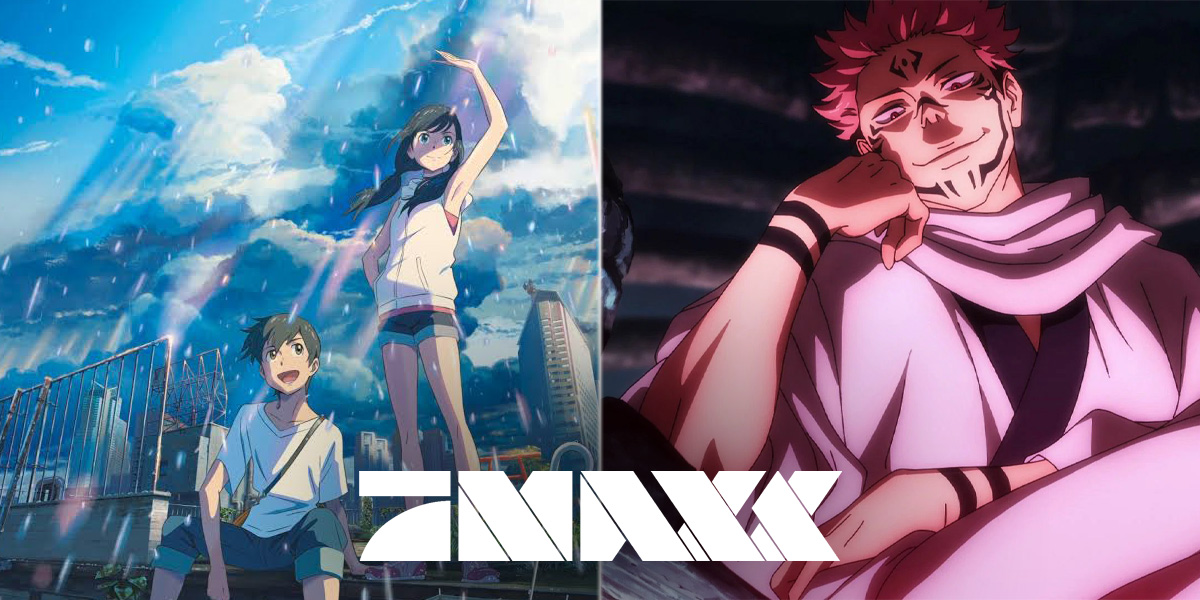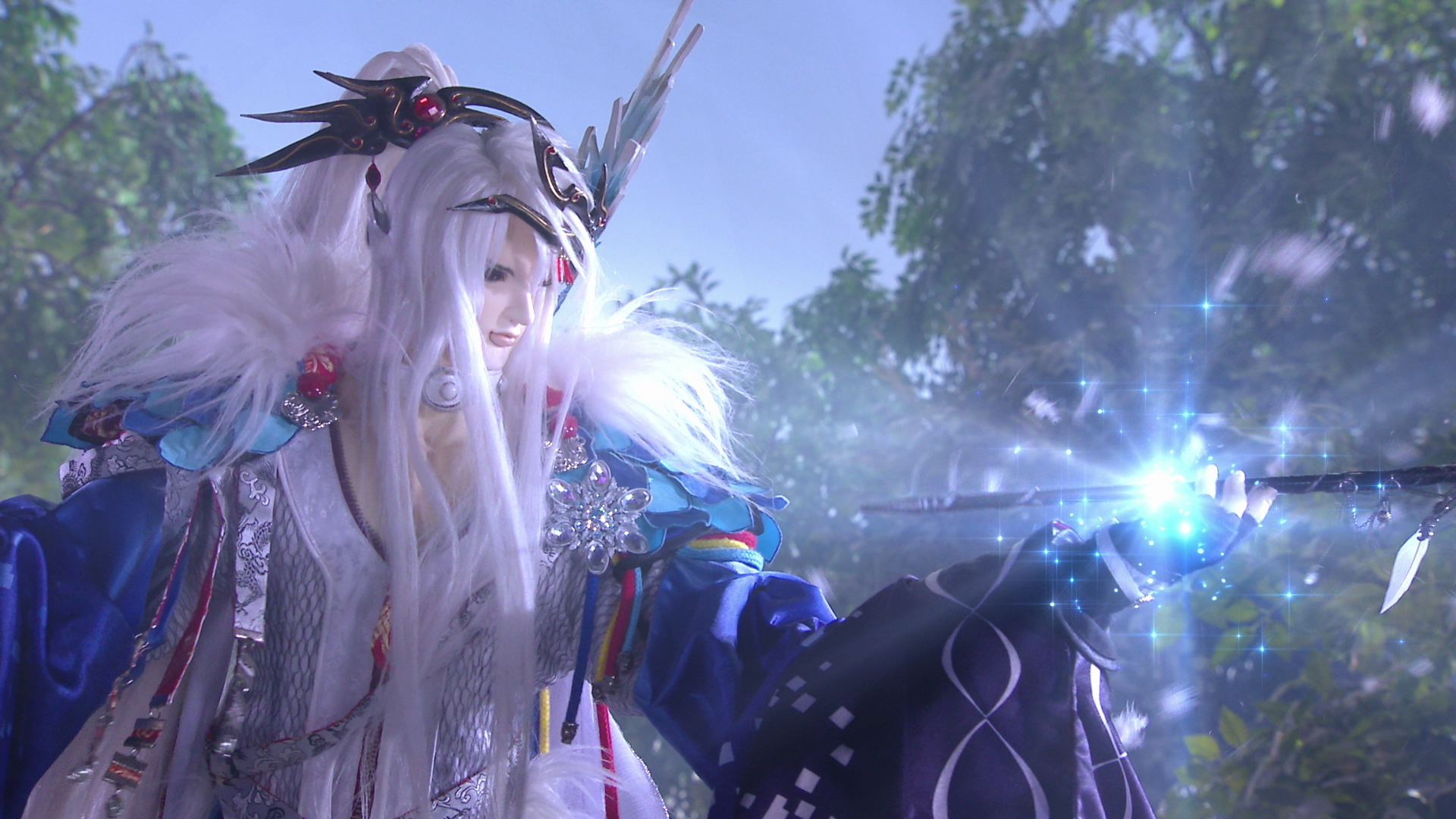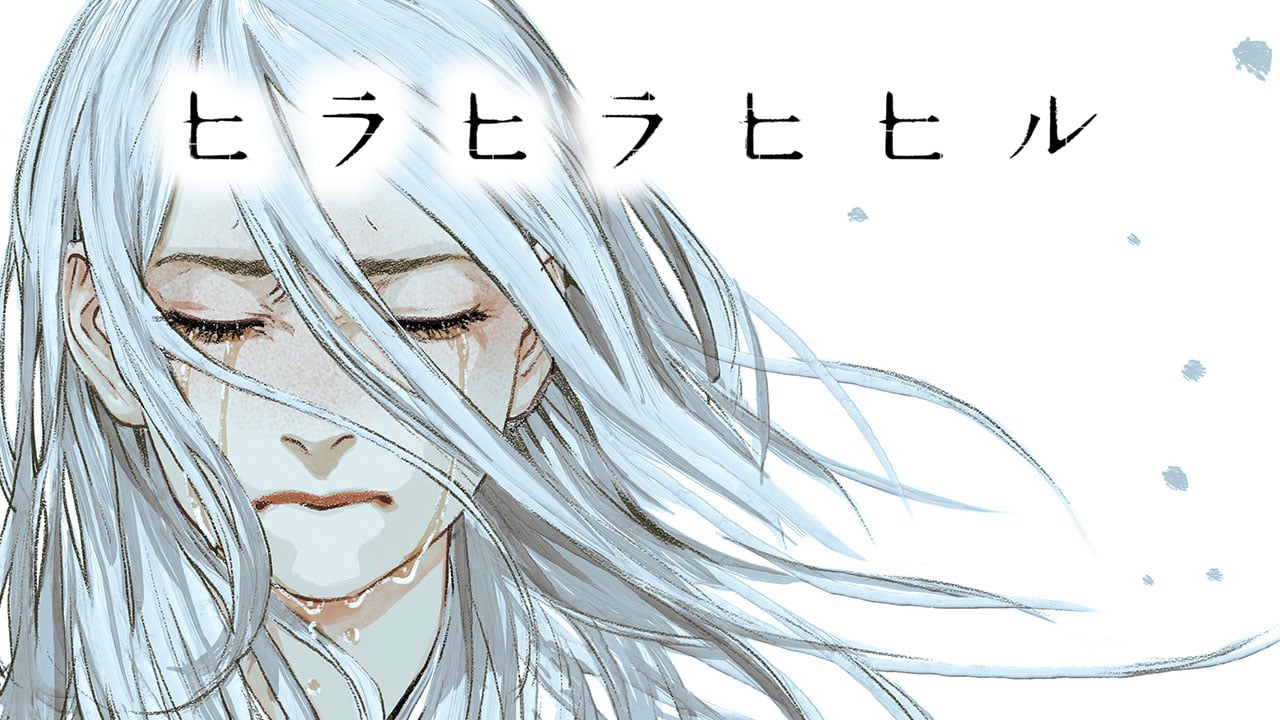#INTERVIEW: ON-GAKU: Our Sound's Director Kenji Iwaisawa on Being a Self-Taught Animator

“#INTERVIEW: ON-GAKU: Our Sound's Director Kenji Iwaisawa on Being a Self-Taught Animator”
ON-GAKU: Our Sound, an independently animated slacker comedy about a trio of high school tough guys who spontaneously decide to form a bodacious rock band, was recently released on home video and digital in the United States via GKIDS. We recently reviewed the quirky comedy on our own site and found the story of the up-and-coming musicians charming and expressive with its impressive use of rotoscoping animation.
Crunchyroll has got the beat and is bringing the fire, because we managed to pick the brain of the film's director, Kenji Iwaisawa, where we had the opportunity to ask Iwaisawa's about his thoughts on art, animation, and the power of rock and roll.
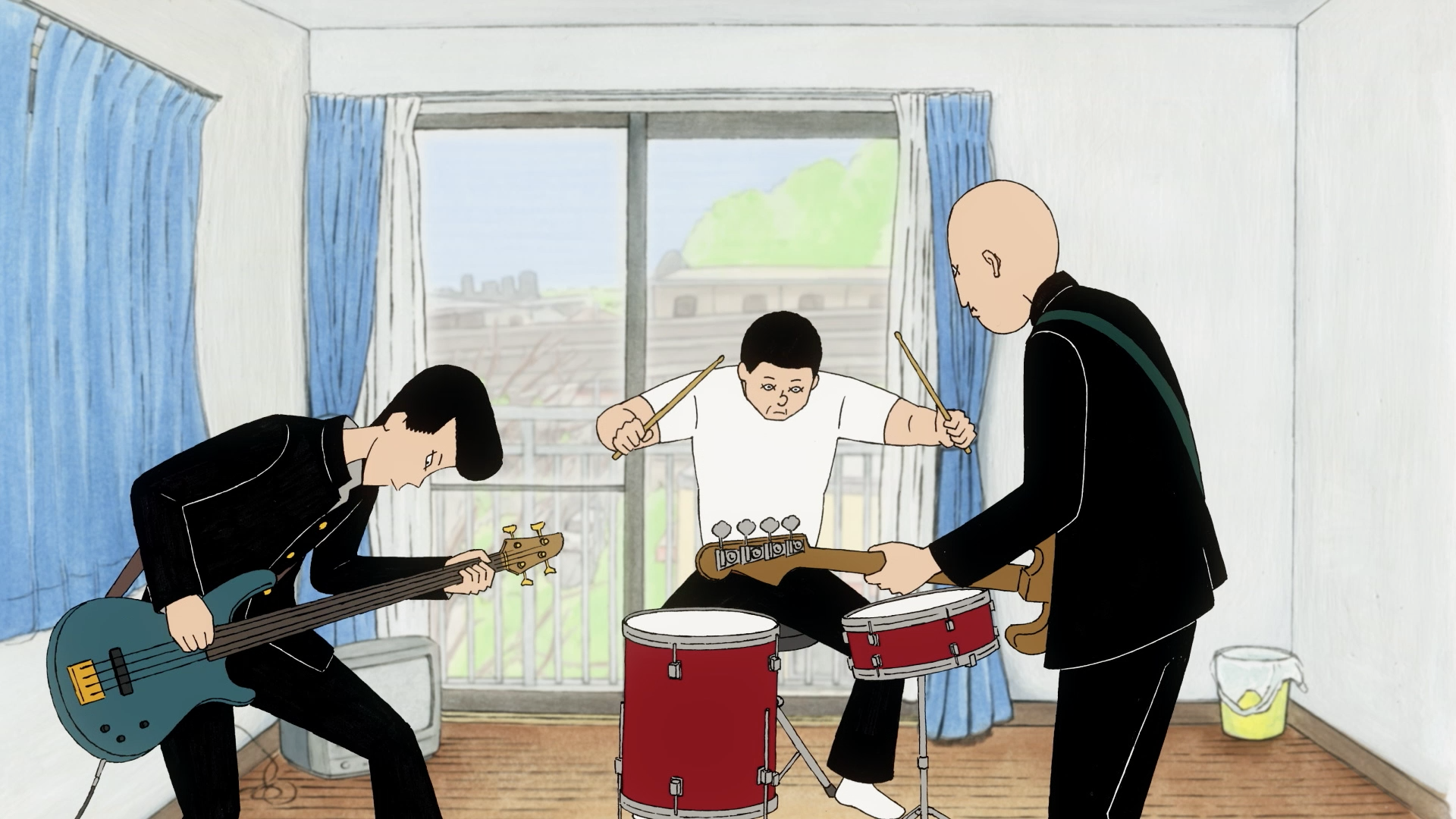
Please introduce yourself to the readers.
My name is Kenji Iwaisawa, director of ON-GAKU. I have almost no experience in animation, and I am self-taught. So most of you are probably not familiar with me. But if you can find out more about ON-GAKU through this interview and become interested, that would be great.
I understand that ON-GAKU: Our Sound took seven years to produce, and you are largely responsible for most of the animation. Can you tell us what it's like to work on a passion project for so long and with such determination?
During production, many people thought that I wouldn’t be able to complete this project. But not only did I finish it, but the film has also been shown outside of Japan, especially in North America, and I am proud of that.
Also, I am taking away the fact that many people saw this film even though it was financed independently, and I realized that there is still a lot of potential for animation.
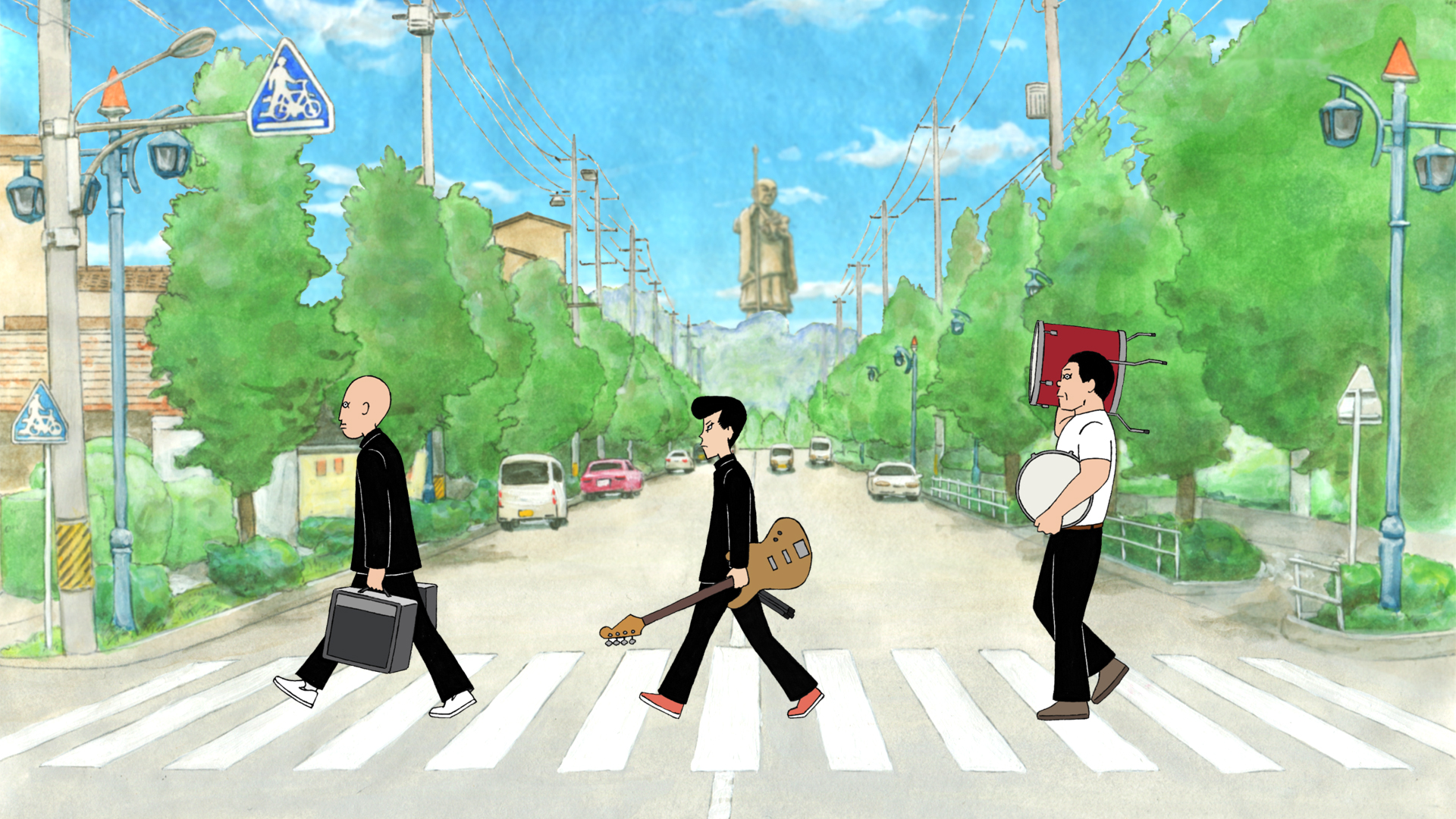
ON-GAKU: Our Sound is adapted from a manga by Hiroyuki Ohashi. What are some of the challenges that you encountered when translating a purely visual medium into a movie filled with color, sound, and music?
I didn’t have many challenges expressing the sound in the film. What was a challenge, though, was to fit the picture with the sound. If they weren’t synchronized, the audience would have felt that something was out of place, so I was cautious with that.
There were many challenges. Animation production usually incorporates a division of labor, with many people in charge of the small sections they are assigned. But this film was made with almost everyone being inexperienced. So in many cases, I had to show them how each process was done, simultaneously editing what they did, and also direct. Having to do everything single-handedly was especially challenging.
I learned that there is a limit to what I can do alone and that an animated feature is done best with the division of labor (laugh).
The live sequence at the end was challenging. But I was also convinced that I was making a scene never seen before in the history of anime, so I was in high spirits while working on it.
In ON-GAKU: Our Sound, music transports people into new states of being, often represented with the use of roto-scoped animation. Why did you choose this animation technique to represent how music makes people feel?
The biggest advantage of using rotoscoping is that you can add a sense of realism by incorporating live-action direction methods and camera work. I thought that by translating that footage into animation, the audience could enjoy a new visual experience.
The voice of Kenji, the main character, is provided by Shintaro Sakamoto, a former member of the psychedelic rock band Yura Yura Teikoku and a prolific singer and musician in his own right. What process led to Sakamoto's casting for a character that barely talks and almost doesn't sing?
Kenji doesn’t show his emotions, so I wanted someone whose voice had a certain atmosphere. That is why I asked Shintaro Sakamoto, a musician. Using Mr. Sakamoto brought a convincing aspect to the character than I imagined.
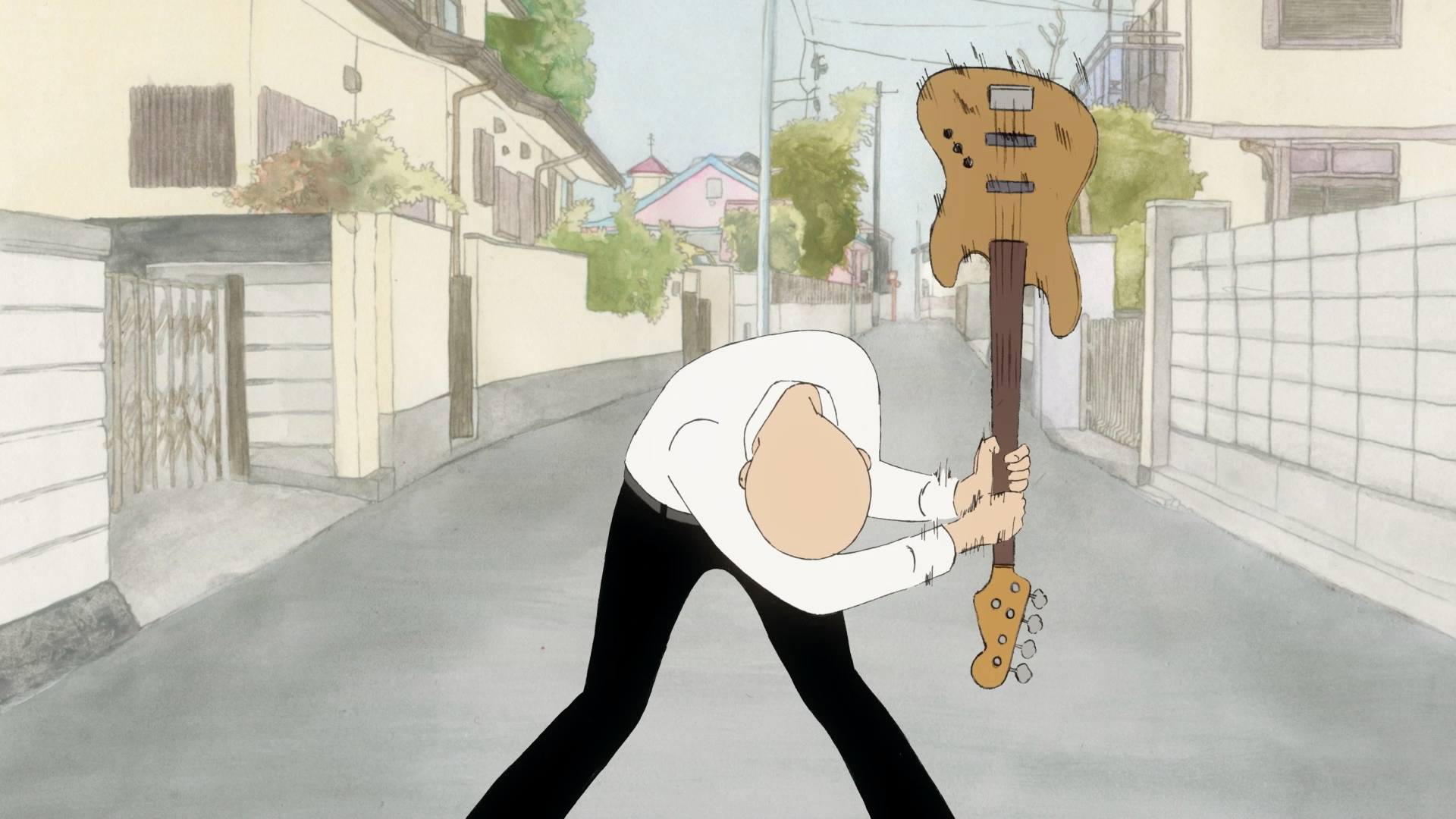
In ON-GAKU: Our Sound, the main characters are delinquents, but they seem more misunderstood than scary or anti-social. Do you think there is a message in the film about not judging people by their appearances?
Yes, I feel that the main characters — especially Kenji — had struggles with how they were not understood and weren’t able to express themselves, so that message is also included in the film.
ON-GAKU: Our Sound is filled with visual references to famous rock musicians and albums. I noticed allusions to Abbey Road by the Beatles, London Calling by the Clash, Led Zeppelin by Led Zeppelin, and In the Court of the Crimson King by King Crimson, just to name a few. Do you enjoy leaving “Easter Eggs” like these for your audience to discover?
With historical and famous records as a motif, I had fun thinking about what kind of visual homages I can make in the film. After hearing Kenji's band perform, the images in Morita's mind visualize his musical influences, formed from famous album covers of musicians who also influenced me. The Beatle's animated feature, Yellow Submarine, also influenced that scene.
As you can see from the homage to them in the film, I listened to 60’s and 70’s rock when I was in my twenties: Creedence Clearwater Revival, Led Zeppelin, The Beatles, The Rolling Stones, Emerson, Lake & Palmer, King Crimson, Graham Nash, and many other different rock bands.

ON-GAKU: Our Sound has a unique visual style and a quirky sense of humor, and a lot of jokes depend on long takes and sight gags. For example, there's a scene where Kenji pauses for so long before talking, I initially thought my copy of the film froze, and I laughed when I realized this was part of the gag. What attracts you to this style of pacing?
The long pause is for humorous elements too, but I put them in to emphasize the mysterious nature of Kenji as a character. From there, I thought about the balance of the entire film and put the long pauses in important parts to emphasize the fest scene at the end.
ON-GAKU: Our Sound is like a love letter to many different styles of music, from folk songs performed on an acoustic guitar to surf rock to heavy metal accompanied by a recorder. What value do you find in experiencing and appreciating so many different types of music?
I think it’s important and valuable to have a variety of expressions. I believe that taking any approach can move people’s hearts, so I incorporated as many elements as possible. Also, I consciously minimized the background music so that every moment would be memorable.
And finally, do you have anything you’d like to say for the people who will watch ON-GAKU: Our Sound?
Though it is animated, I want the audience to enjoy it as a simple comedy. Also, I’d be happy if they can dance to the beat of the live performance at the end. At first glance, it may look like an eccentric and artsy animation, but I consciously made this film as entertainment. A few experimental shots are quiet and still, but there is a big surprise at the end, so if you can watch it with an open, laid-back mind, that would make me happy.

ON-GAKU: Our Sound is available now in digital and home video formats from GKIDS and can be purchased here.
Paul Chapman is the host of The Greatest Movie EVER! Podcast and GME! Anime Fun Time.
Do you love writing? Do you love anime? If you have an idea for a features story, pitch it to Crunchyroll Features!
If you liked the article, do not forget to share it with your friends. Follow us on Google News too, click on the star and choose us from your favorites.
For forums sites go to Forum.BuradaBiliyorum.Com
If you want to read more anime-manga articles, you can visit our anime-manga category.


